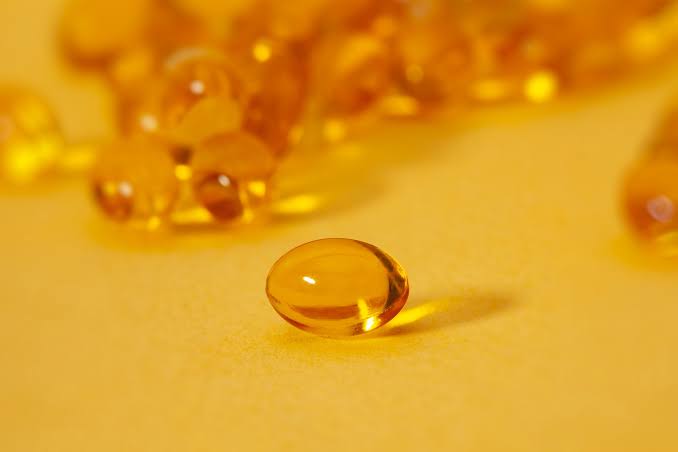
Remember that morning orange you devoured, hoping for a vitamin C kick? Turns out, grandma’s legendary homemade orange juice might be the real powerhouse. The secret ingredient? Bioavailability – fancy term for how much of a vitamin’s goodness your body can actually use.
Vitamins and multivitamins are great supports for everything from strong bones to a sharp mind. But just like ninjas needing special training to unleash their full power, vitamins need something to unlock their potential. That’s where bioavailability comes in.
Contents
The Body’s Balancing Act: Unveiling Bioavailability
Imagine you stumbled upon a treasure chest overflowing with vitamins or an all-in-one multivitamin, but there’s a tricky lock on it, and maybe even some guards! That’s kind of how bioavailability works. It’s the percentage of a vitamin your body can actually absorb and put to good use, whether it comes from yummy food or handy supplements.
- Mission: This is where the treasure chest (hopefully) unlocks. Your body uses different methods to grab vitamins, like having different tools for different jobs. Some vitamins, like water, just slip right in (passive diffusion), while others need a more specific tool (active transport) to get absorbed.
- The Body’s Busy Lab: Once a vitamin gets absorbed, it goes on an adventure inside you. It might get activated, transformed, or even eliminated. This whole journey through your body’s “lab” affects how much vitamin goodness is ultimately available for your cells to use.
- Vitamin Squad: Vitamins aren’t loners. They can work together or compete with each other, like a superhero team-up or a playground scuffle.
The Great Bioavailability Challenge
Imagine factors like soil quality or how you prepare your food affecting how much vitamin treasure your body can access. Here are some key influences:
- Food Matrix: Vitamins come in different packages within food. Some are free-floating, while others are bound to proteins or trapped within cell walls. This “food matrix” can influence how easily your body extracts the vitamins. For instance, vitamin A hidden within plant cell walls might be less bioavailable than its readily available counterpart from animal sources.
- Digestive Health: A healthy digestive system is like a well-oiled machine for unlocking vitamin treasures.
- Nutrient Status: Your body’s existing vitamin and mineral levels can influence how it absorbs new ones. Deficiencies or excesses can create imbalances, affecting overall bioavailability.
Strategies for Better Bioavailability
While you can’t directly control how much vitamin goodness your body stashes away, there are ways to give your internal heist crew a helping hand:
- Rainbow Raid: Imagine a grocery store overflowing with all sorts of colorful vitamin treasures. The more variety you grab the more types of vitamins you’ll be supplying your body with, in all their different forms. This diversity helps your body unlock a wider range of vitamin goodness.
- Power Couples: Sometimes, teaming up is the best way to pull off a heist. Certain food combinations can seriously boost how much your body absorbs vitamins. Think of vitamin C in bell peppers like the ultimate sidekick, helping your body grab more iron from those delicious lentils. It’s a nutritional dream team!
- Food Processing: This might surprise you, but some sneaky processing techniques can actually be helpful for our vitamin heist. Cooking can break down those tough cell walls in vegetables, making the vitamins easier to access. And don’t forget about the power of fermentation! The friendly bacteria in yogurt can actually make B vitamins easier for your body to absorb.
Conclusion
Bioavailability is like a complex heist – your body’s gotta work its way around all sorts of obstacles to get to the vitamin treasure it needs. But by understanding these challenges and employing these sneaky strategies, you can empower your body to unlock the full potential of all those essential nutrients. Remember, the best way to keep your vitamin vault well-stocked is to focus on a balanced and varied diet rich in whole foods.








